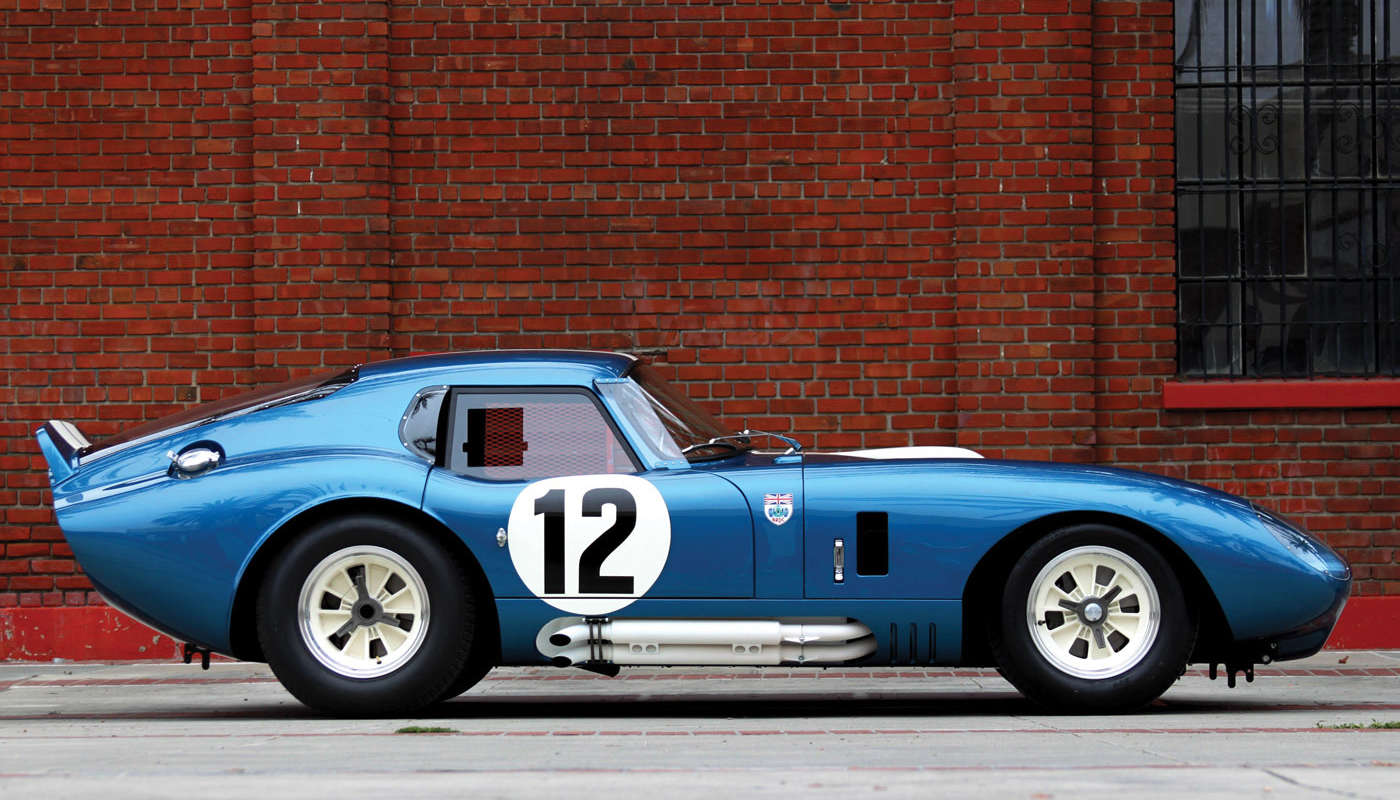
Design Desires
At some inner level, most car enthusiasts probably wish they had the skills and ability to design their own car. Probably the next best thing is to live vicariously through the eyes of a professional designer. That’s what I was able to do recently, with the privilege of interviewing two famous designers, Peter Brock and Bruce Meyers. Brock was instrumental in crafting the lines of both the ’63 Sting Ray Corvette and the Cobra Daytona Coupe. Meyers invented the Manx dune buggy, one of the most copied cars in history. Each of these immensely talented individuals had some intriguing comments to share about their experiences and motivations in creating these legendary shapes.
In our previous issue, we already noted Brock’s revisions on his personal Daytona Coupe, adding and modifying aerodynamic elements that he wanted to include originally. The rush and pressures of competition prevented him from doing so at the time, but his vision was ultimately realized several decades later.
Brock’s work on the ’63 Corvette Sting Ray arose in part from European designs spotted by his boss Bill Mitchell at the ’57 Turin Auto Show. One feature in particular that he emulated was the crisp belt line, a radical departure from the rounded shapes of the first-generation Corvette.
For better downforce, Brock added a subtle S-shape in early concept drawings for the Sting Ray, designated as the XP-87. Overruled by Mitchell, he was later proved correct, as early C2 Corvettes had excess lift in the nose. The problem was eventually corrected by changing the stance of the car, with the front-end suspension set much lower.
This aspect was just one of several corporate dictates he had to comply with, such as nonfunctional scoops on the sides of the body. Fellow Sting Ray designer Larry Shinoda called them “surface entertainment,” and Brock disparages them as something you’d see on a kit car. If he had his way, he would have preferred to either open up these recessed areas or eliminate them entirely.
Looking back on his Sting Ray work, “Talk to any of the guys still responsible for the Corvette’s lines today and they’ll tell you that the C2 is still a major reference point in their constant review of what they are currently working on,” he notes. “They ask themselves: ‘Is this as powerful and strong a statement as the original?’” Ever conscious of real-world performance, he adds that today real aero-work and functionality has a much greater importance in design.
As for Meyers, I’ve crossed his path several times over the years and always enjoyed is mirthful spirit. That’s exemplified in the Manx, and its later variants, which make people smile all over the world. But I didn’t know until recently, during a visit with him at Mid America Motorworks’ VW Funfest (featured in this issue), that there was a much darker side to the development of the car.
During World War II, Meyers served as a sailor on the USS Bunker Hill aircraft carrier. While this ship was covering for the invasion of Okinawa, Japan, it was struck by two kamikazes, setting the vessel on fire and causing hundreds of casualties. Meyers was forced to jump ship and lent his life jacket to a fellow seaman who didn’t know how to swim. Meyer’s years of surfing and job as lifeguard enabled him to aid in the survival of other sailors in the water. When asked by officers on the rescue ship if he did anything heroic, Meyers denied any sort of actions in that regard. If they had known what Meyers did, they likely would have awarded him a medal for distinguished service.
While looking back on this horrific experience, and all the suffering and death he witnessed that still brings tears to his eyes, Meyers had an epiphany. He now realizes that he designed the fun and friendly Manx as emotional “compensation,” a lighthearted counterbalance to the gravity of his war years. Something good had to come out of those traumatizing times, and the sand-slinging, dune-hopping Manx was the perfect antidote.
Indeed, when Meyers caught some air over a dune in Newport Beach, California, and made the cover of Hot Rod magazine back in 1966, it was the bestselling newsstand issue ever during that era.
Clearly he captured the youthful imagination of an entire generation in one simple shape. (Stay tuned for a feature on how Meyers developed the body form.) It’s a cultural waypoint of the ’60s that embodies the feel and look of a generation, a vehicular version of Beatles music and Peter Max art.
Myers remains modest about his accomplishments, though. Commenting on the design of the original Manx, he admits that, “I don’t know why I did what I did: It’s a mystery to me. I just followed my instincts.”
Which is ultimately what any great designer does — or car enthusiast, for that matter.
Steve Temple - editor@rcnmag.com

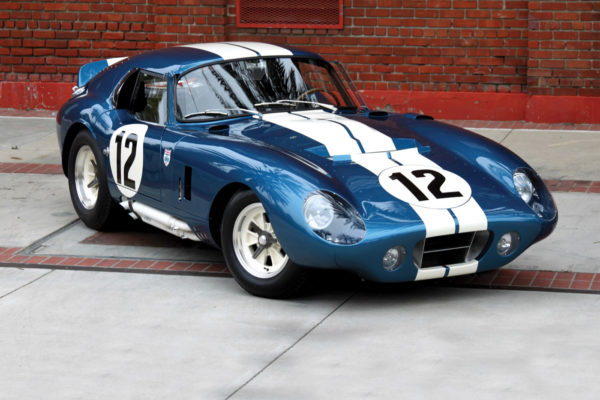
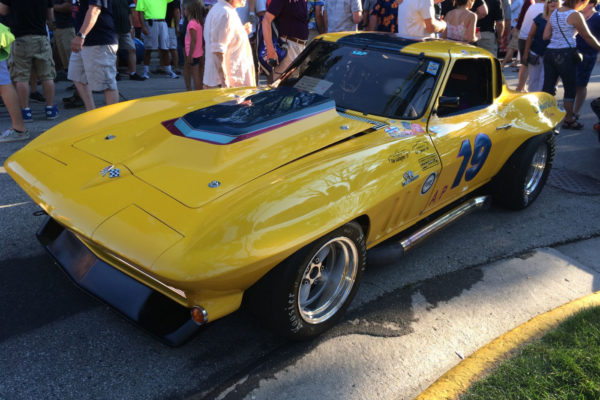
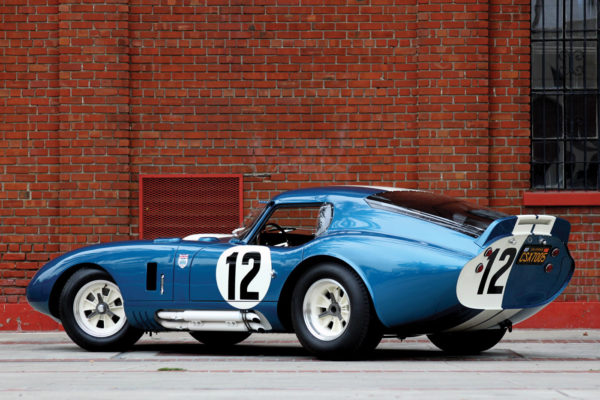
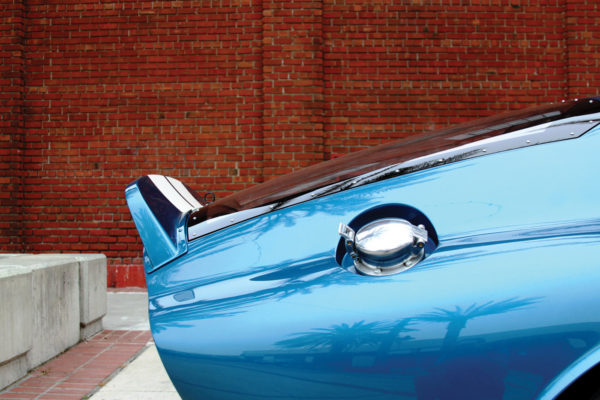
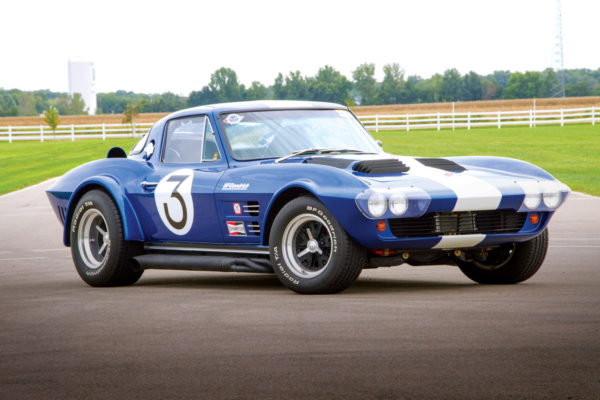
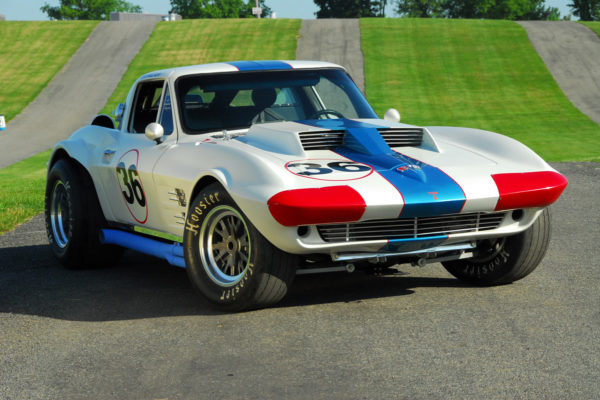





Comments for: Design Desires
comments powered by Disqus